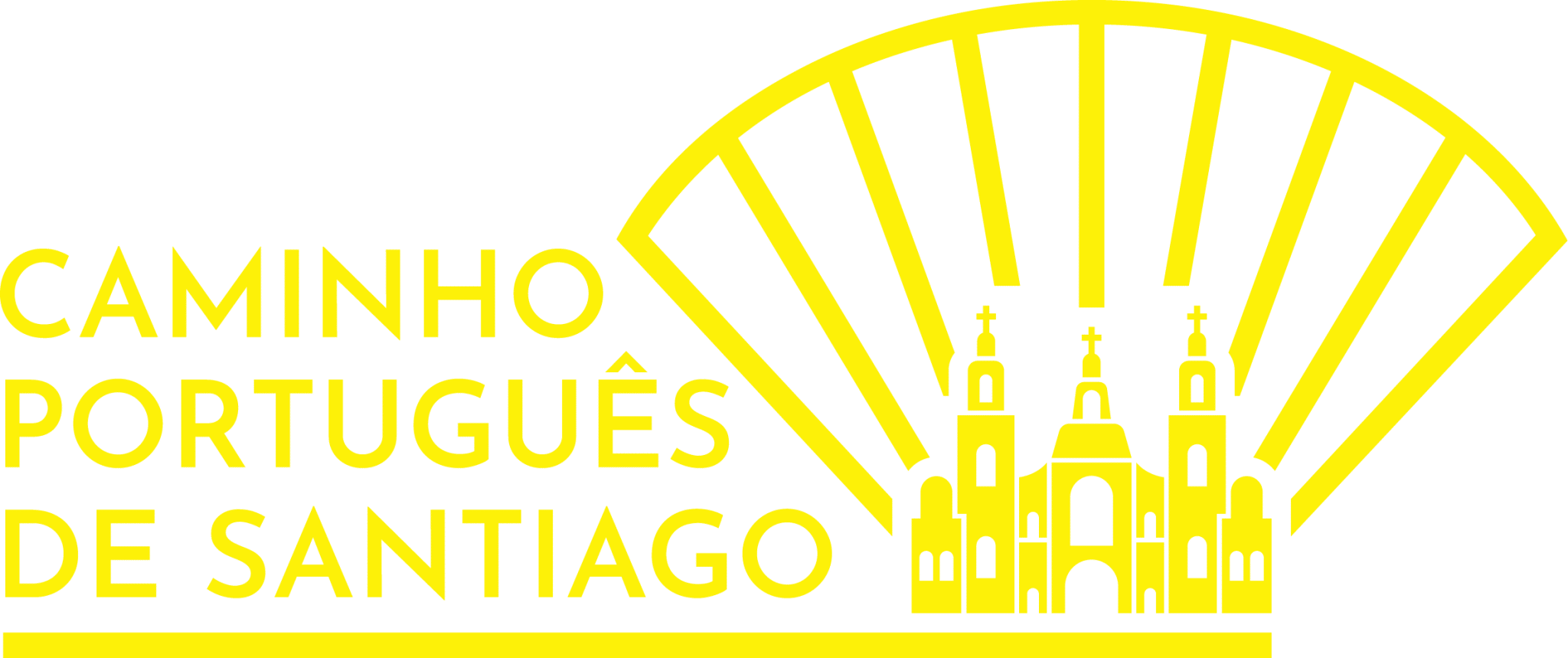Portuguese Central Way
The Portuguese Central Way is the most traveled route to Santiago in Portugal, second only to the French route. Its fame is well-deserved, as the beauty of the landscapes combined with adequate signposting and well-equipped infrastructures help anyone to make the kilometers to the Obradoiro square. Following the ancient cities of Portugal, which share their history with that of the route, and the villages that come alive with every pilgrim's step, we'll discover the wonderful nature of this country by the sea, its people and its roads consecrated with the spirit of Santiago.
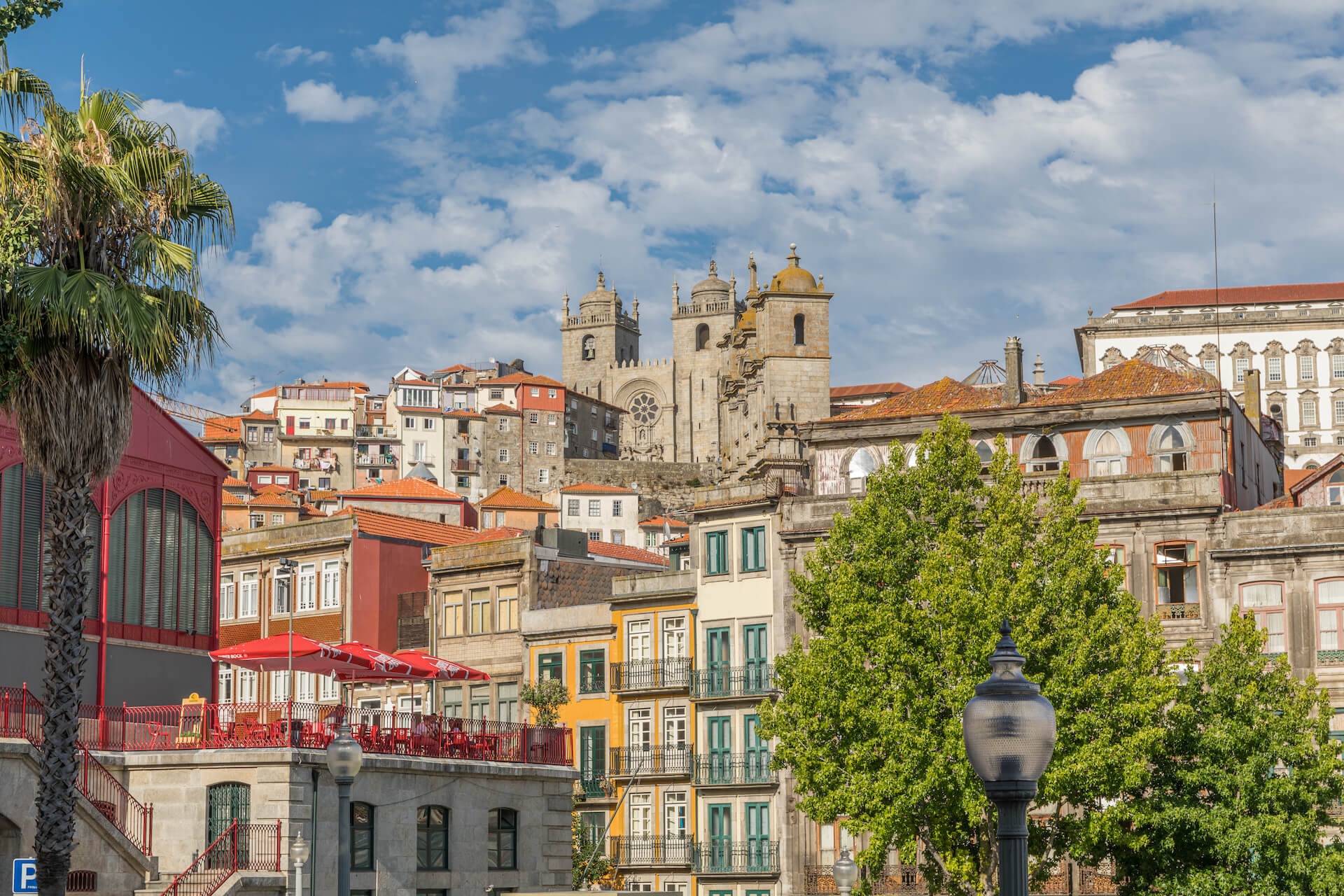
Stage 1: Porto - Vairão
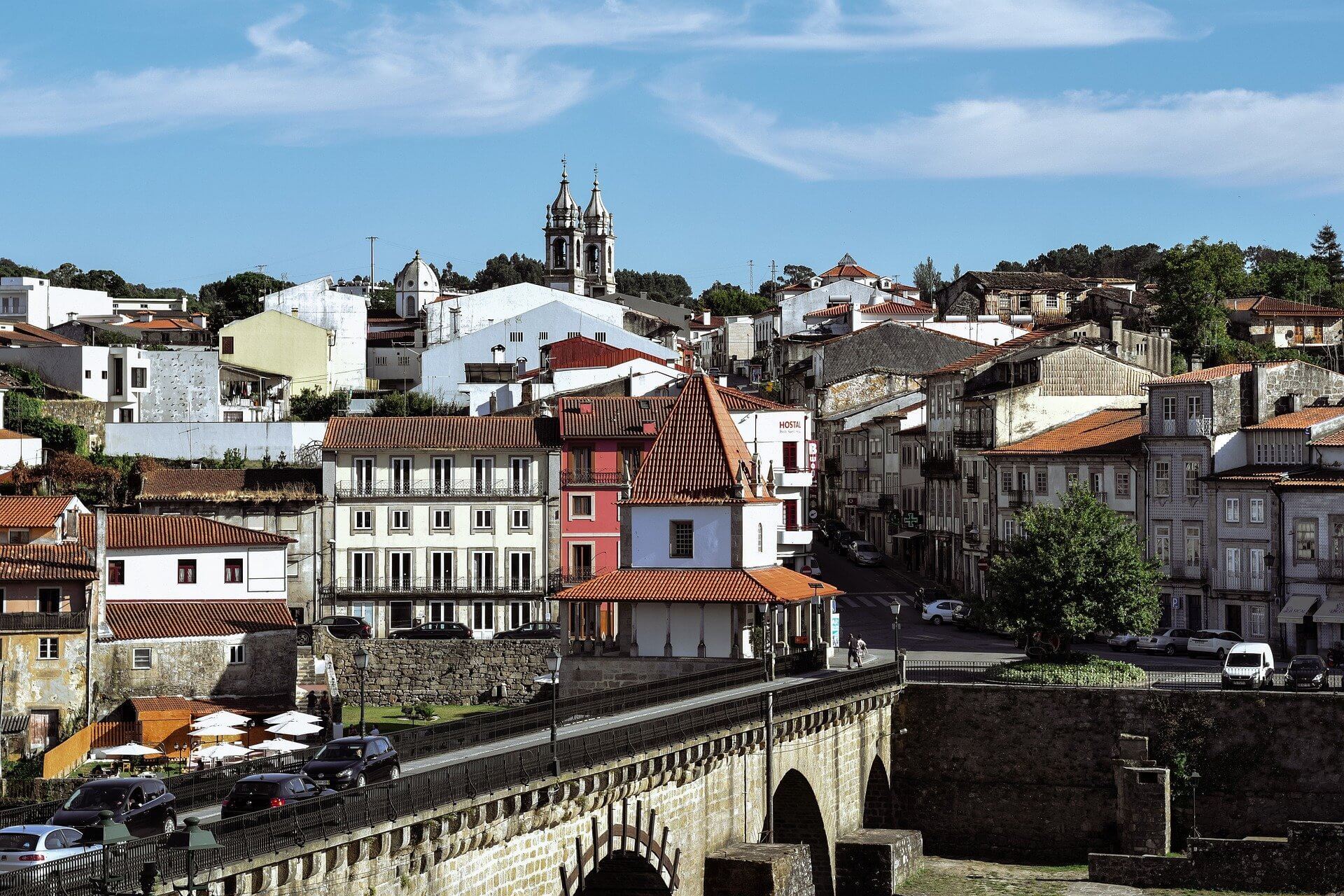
Stage 2: Vairão - Barcelos
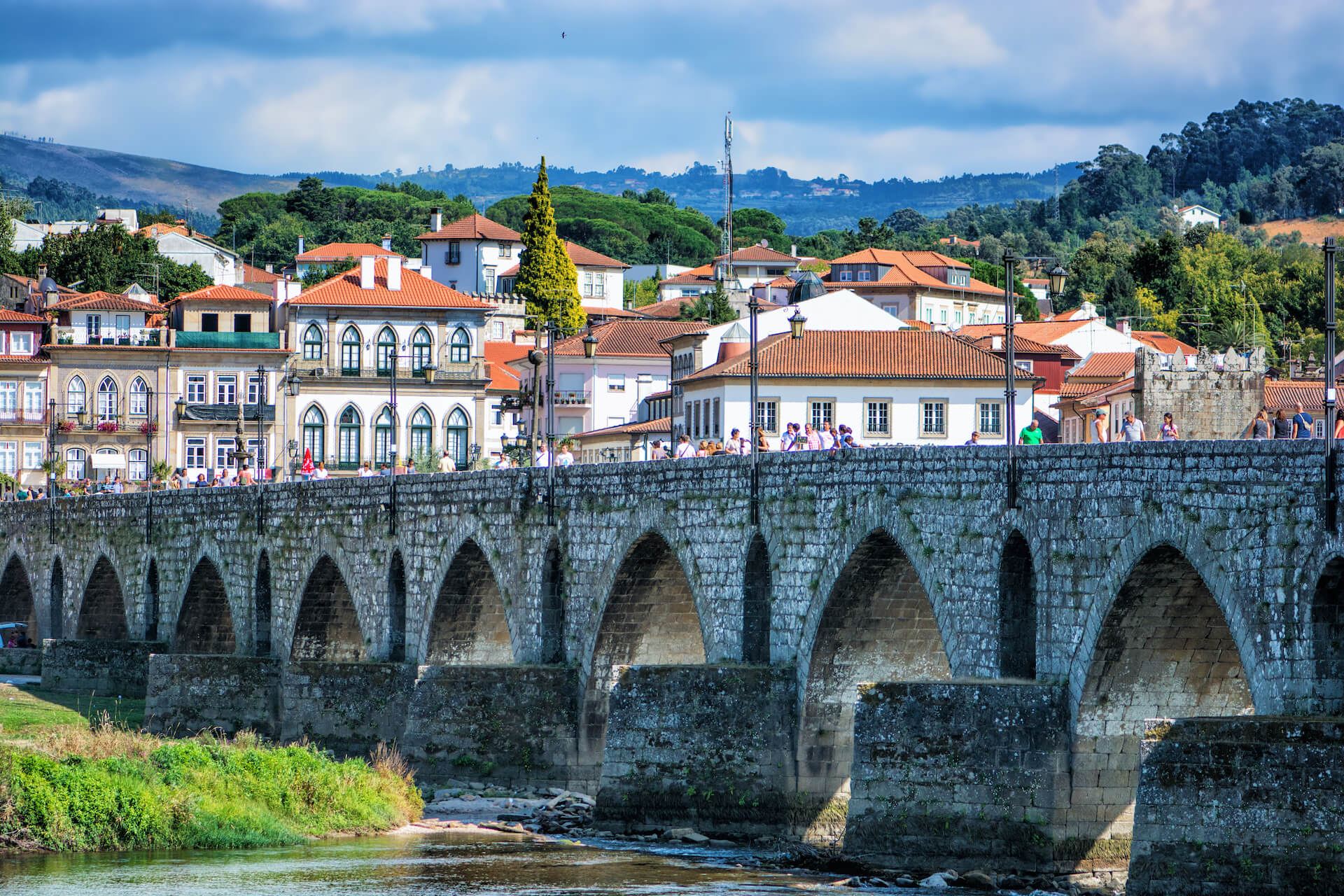
Stage 3: Barcelos - Ponte de Lima
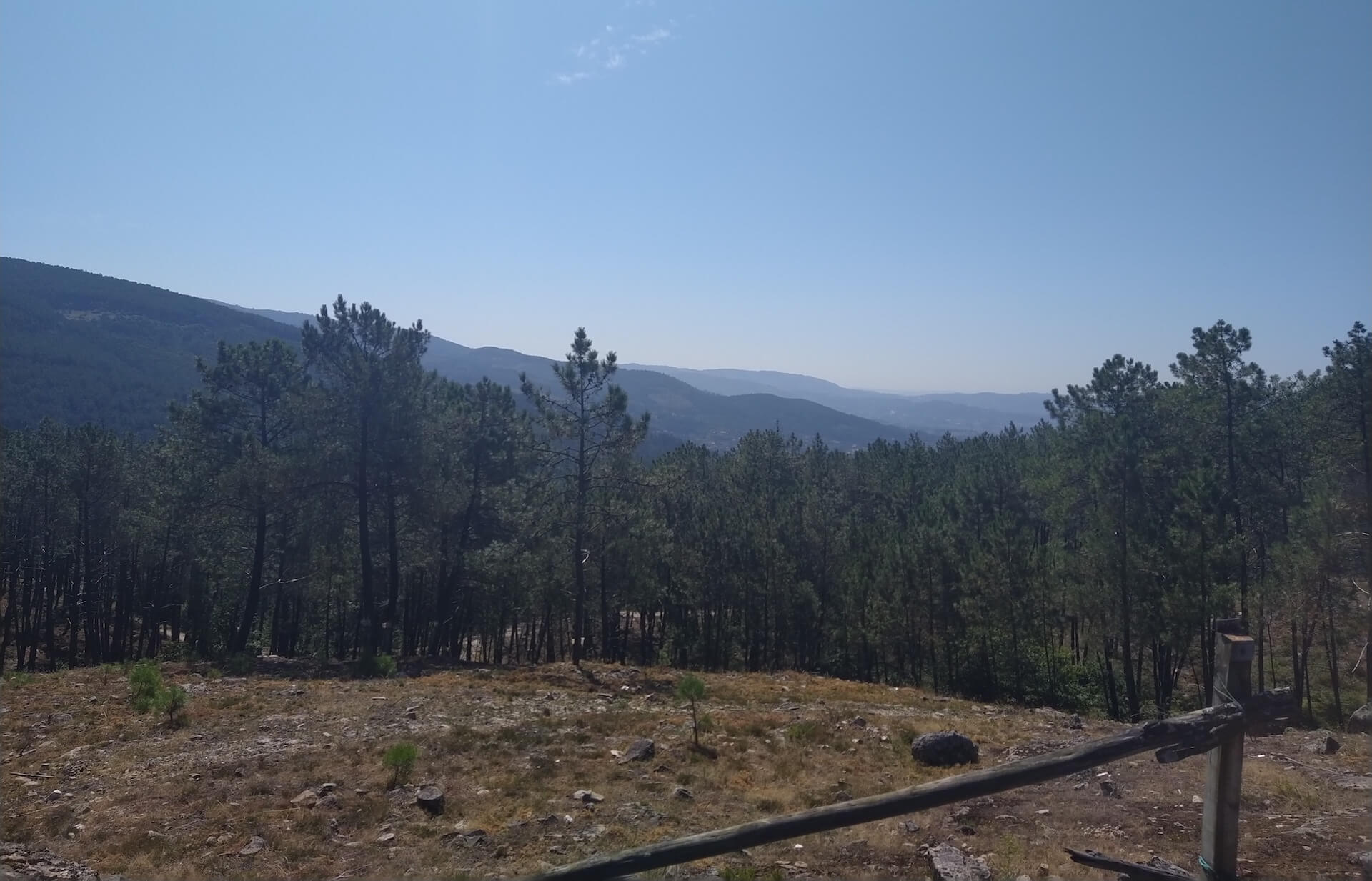
Stage 4: Ponte de Lima - Rubiães
The Ponte de Lima - Rubiães stage divides pilgrims' opinions, thanks to the immense climb up the Serra da Labruja. However, to compensate, it's only 19 kilometers to our destination for the day.
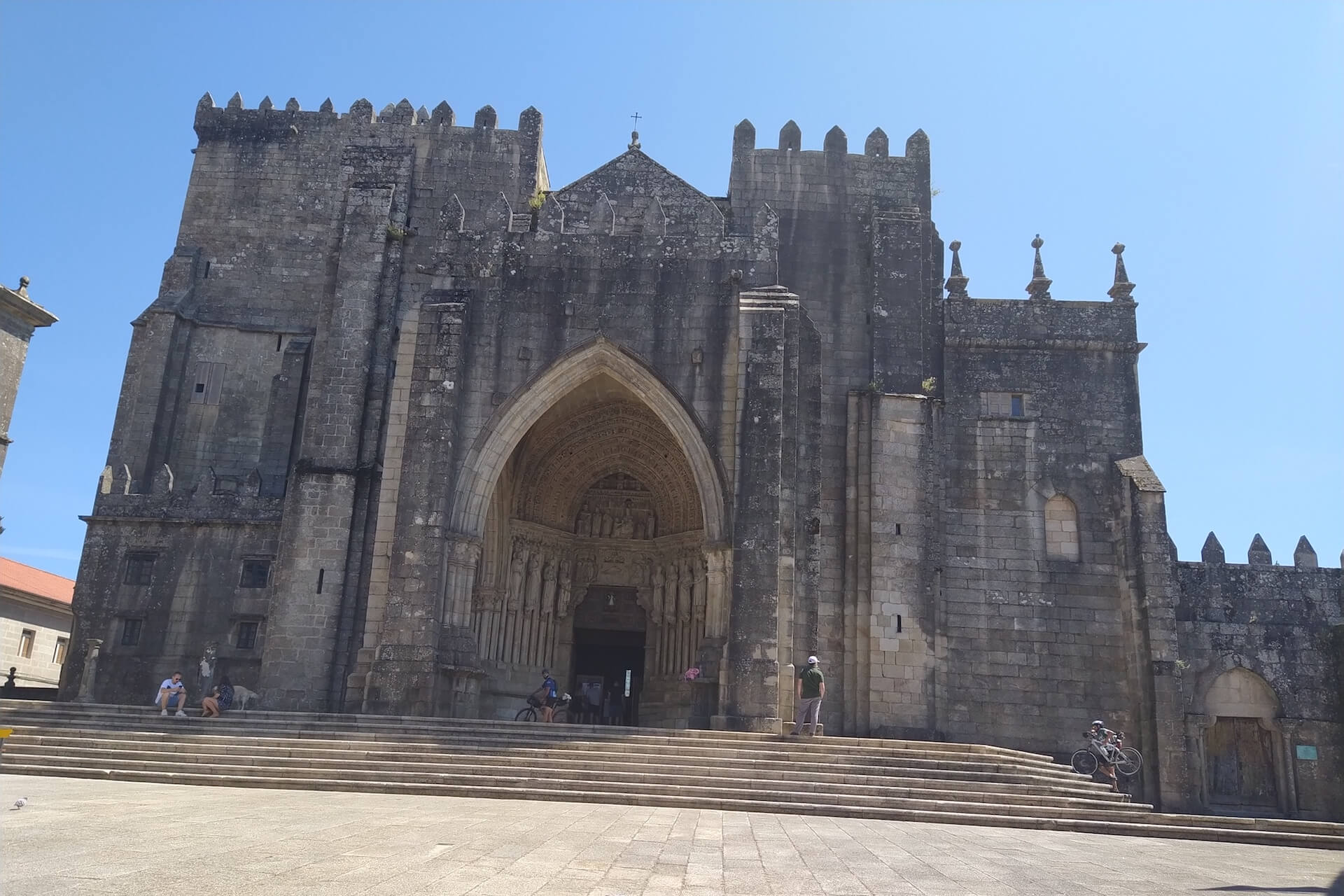
Stage 5: Rubiães - Tuí
The Rubiães - Tui stage starts on the side of the road. Despite this anti-climatic start, until you reach the border with Spain, the route will be on flat dirt, through small villages and past one of the nicest hostels on the way.
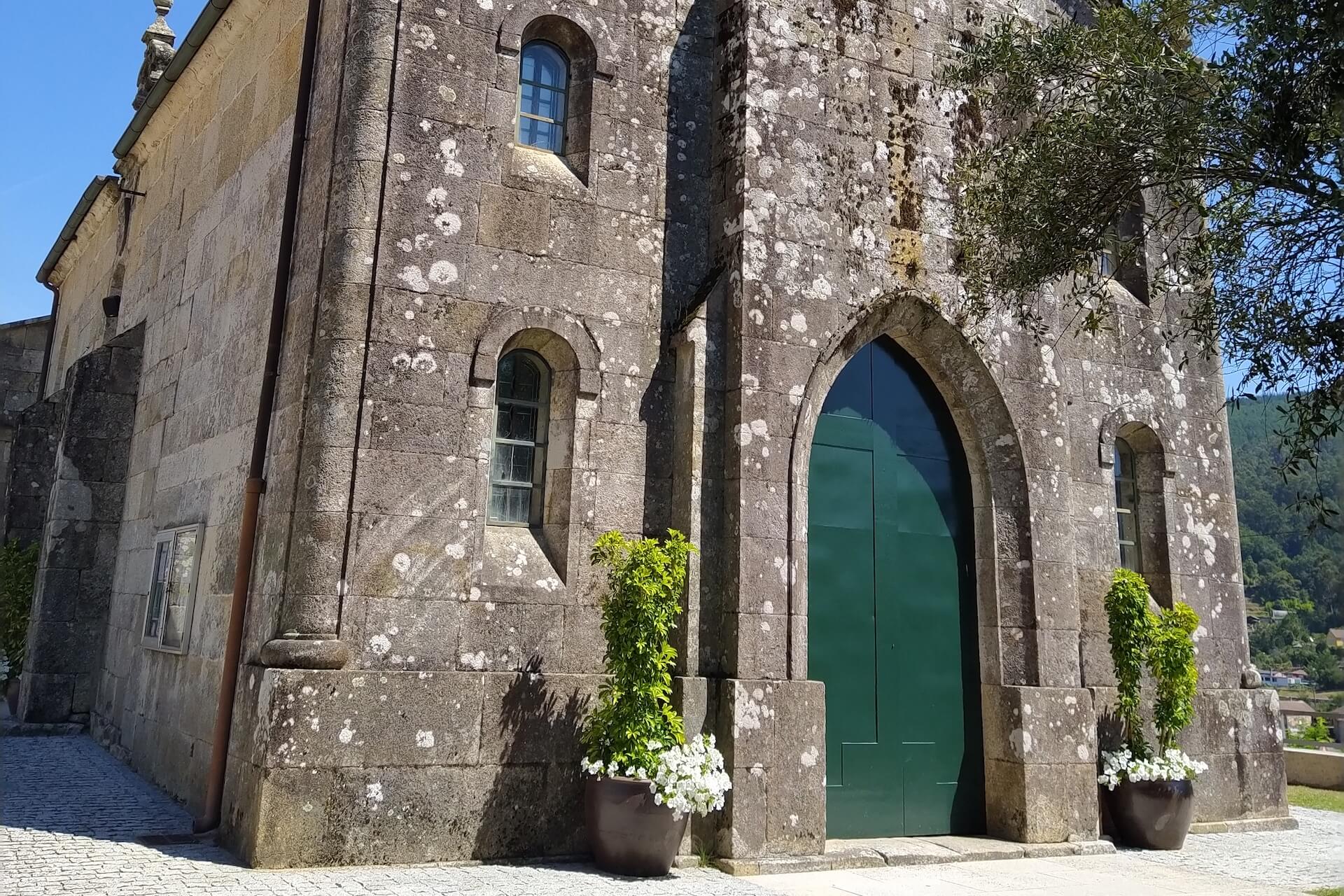
Stage 6: Tuí - Mos
The Tui - Mos stage takes place in three different stages, with different terrain characteristics. It's also important to remember that in Spain it's an hour longer than in Portugal!
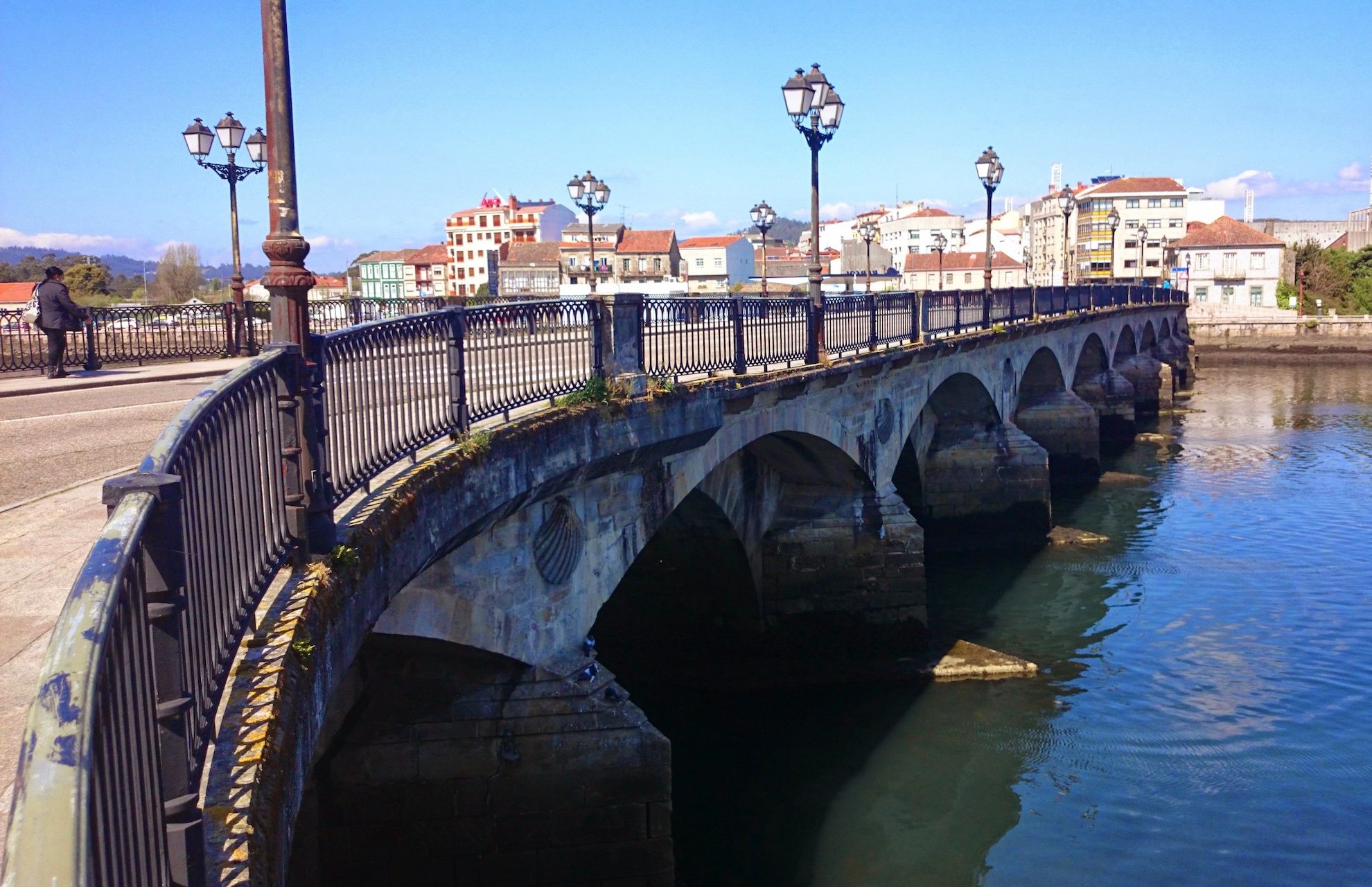
Stage 7: Mos - Pontevedra
The Mos - Pontevedra stage is one of the most difficult of the entire Camino de Santiago, but it is also one of the most beautiful. Right at the start, there's a climb of half a kilometer that takes us to a less winding road with local shops, always on hand to welcome pilgrims who are hungry or thirsty.

Stage 8: Pontevedra - Caldas de Reis
The Pontevedra - Caldas de Reis stage is a pleasant journey, with no major difficulties. After leaving Ponte do Burgo, the crossing becomes simple, with no notable elevations and an excellent selection of churches and other religious monuments.

Stage 9: Caldas de Reis - Padrón
The Caldas de Reis-Padrón stage is the shortest of the route. It runs between some stretches of road, local woods and always following the river. With a few urbanizations along the way, take the opportunity to chat with people and observe the path you've already taken at the various viewpoints on this day.
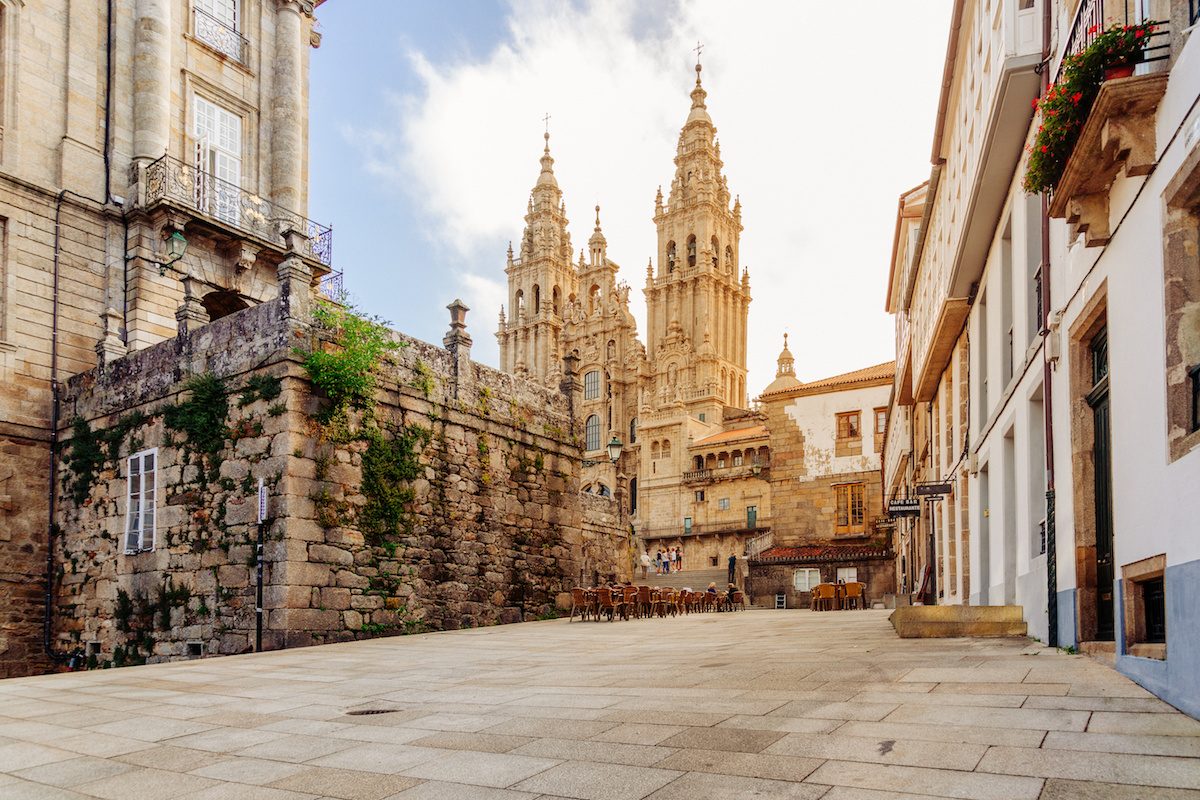
Stage 10: Padrón - Santiago
The Padrón-Santiago de Compostela stage is made up of dirt and road. Although there are still several kilometers to walk with nature, part of the route will be along the road, so you need to be careful. The last three are in the city of Santiago de Compostela.
